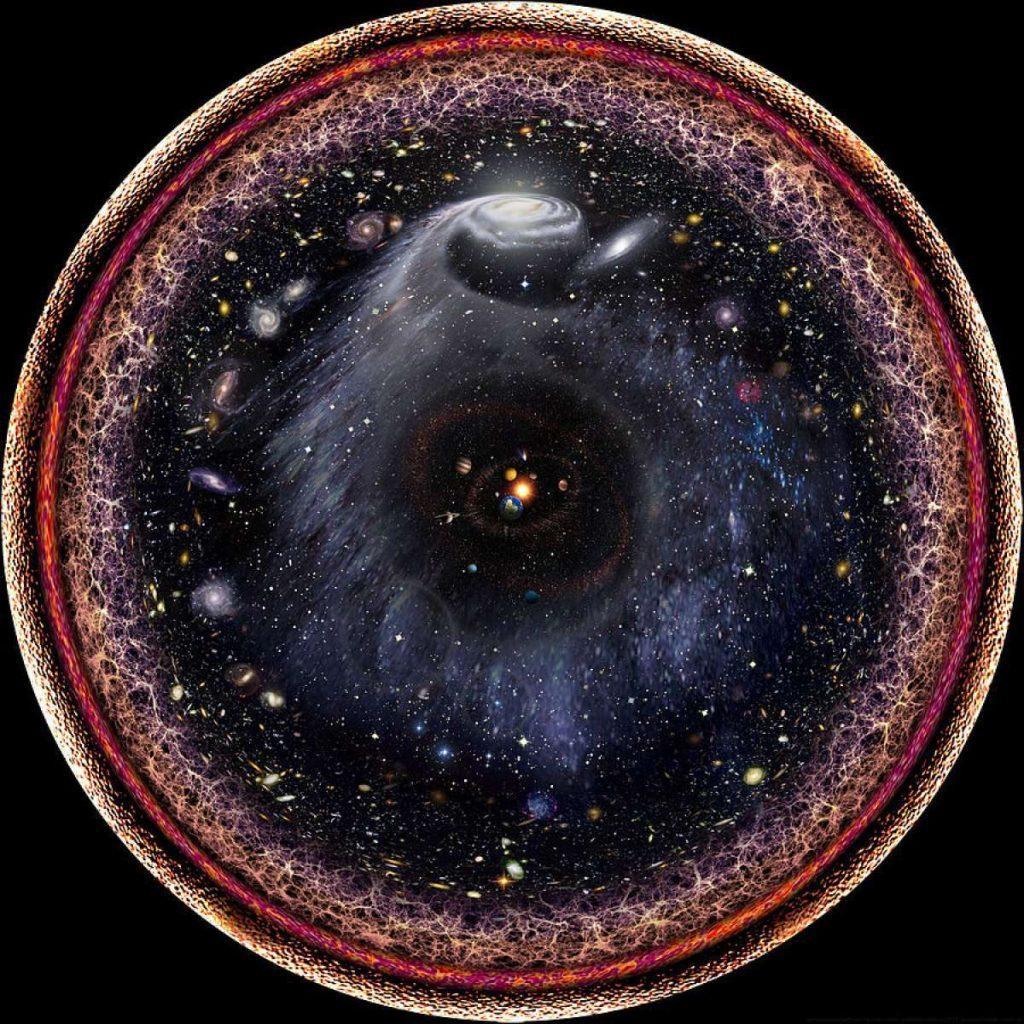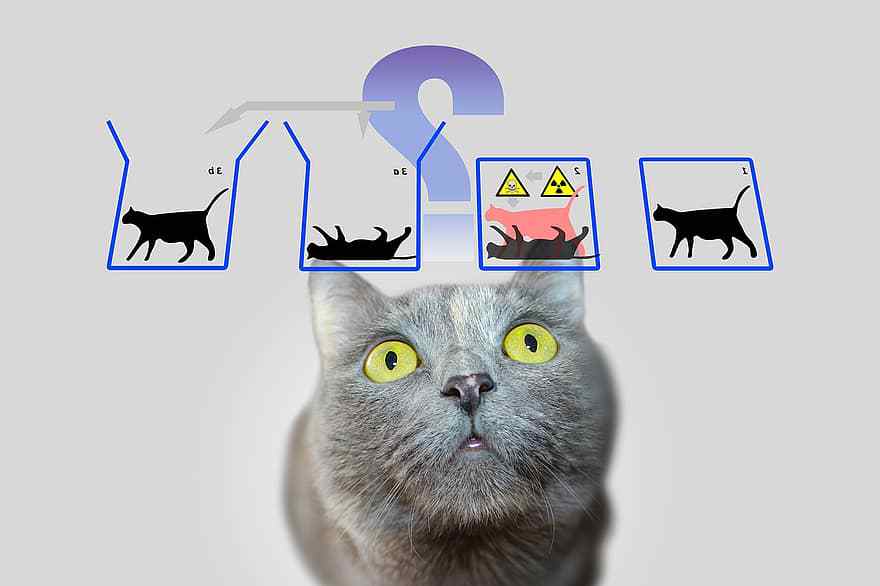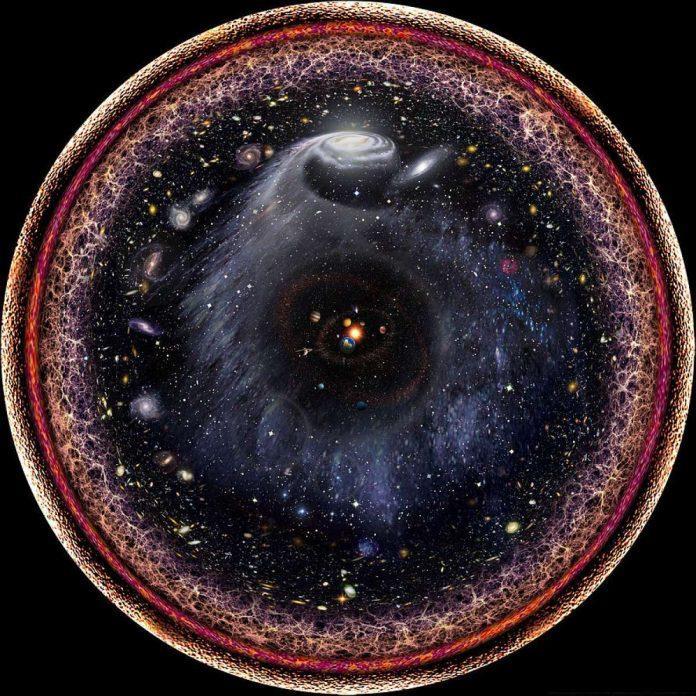Warning: what you are about to read may lead to unscheduled and ravenously rapid mind disassembly. Some readers may find this material too wondrous to comprehend and may require a neurological reset. Continue reading at your own risk. On this special episode of The Cosmic Mariner, we’re traveling into the deepest, most mind-boggling recesses of the cosmos as we count down the top 4 astronomical facts/theories that will blow your mind!
No. 4

Did you ever find yourself staring at the static of analog televisions in hopes of seeing something take shape? Well, what if I told you you were watching a performance 13.8 billion years in the making? The static that you see is partly produced by a byproduct of the so-called Big Bang. When the universe emerged from this mysterious event, photons of light were unable to freely flow through space as it was so hot it was rendered opaque. However, as the universe cooled about 380,000 years later, light was finally able to move throughout the cosmos. This light is the oldest we will ever see and is colloquially known as the Cosmic Microwave Background. Today, billions of years later, that radiation produces a small portion of the static that you see on analog televisions. So, when you watched the static on the television as a kid and exclaimed “they’re here,” you were actually referring to the first photons of light that originated in our universe, not the ghosts.
No. 3

Are you a savvy entrepreneur with a hearty interest in space and cosmic cocktails? Well, you’re in luck! Approximately 10,000 light-years away, roughly 58 quadrillion miles, is a space keg just waiting to be tapped. With a diameter of roughly 1,000 times greater than the size of our solar system, this cloud has enough ethyl alcohol to brew 400 septillion pints of booze. To put that another way, everyone on Earth would have a near-endless supply of alcohol for billions of years to come. At that point, the sun will have consumed the Earth. I guess that means we’ll have to get our end of days party started! With all this being said, the alcohol is mixed into a cosmic soup of dangerous gases and compounds like methanol; so you can’t just slurp it down the gullet. These clouds aren’t from alien keggers. Instead, they’re part of the star-forming process. Who knew that consuming alcohol leads to astrophysics…
NO. 2

If you look into the vastness of space from any point on Earth’s surface, you will eventually reach a point at which light becomes a hot soup of microwave radiation. This soup makes up the edge of our observable universe and the Cosmic Microwave Background (CMB) as mentioned above. The most fascinating aspect of the CMB is that it’s a sort of wall in time which prevents us from viewing anything beyond it. No matter where you are in Earth’s timeline-past, present, or future-we will never be able to view anything beyond this wall. Why? Because the age of the universe is 13.8 billion years and we cannot see light beyond that age because the light has only been able to travel for that amount of time. However, if you warp to the edge of the CMB, it would transform into a section of space similar to ours whereas our sections of space, the Virgo Super Cluster, would appear as the CMB. Why? Because you’ve traveled 13.8 billion years away from Earth which, in turn, means that Earth’s light has not yet reached that location in space. On top of this, you would likely see a whole new observable universe as new galaxies, solar systems, and stars would appear that were previously so far away that, no matter the age of the Earth, we would never see them due to the constraints of time and light speed. This means that the universe could theoretically extend to infinity.
NO. 1

Have you heard the phrase “curiosity killed the cat”? Well, in quantum physics, curiosity either killed or didn’t kill the cat. Or, more surprisingly, curiosity saved and killed the cat simultaneously! Schrödinger’s cat, a famous thought experiment devised by Erwin Schrödinger, is best known for describing how reality branches with each entanglement of quantum particles. Unfortunately, this experiment has been taken out of context for decades and does not, in fact, state there are branching realities. However, quantum physics does have the mysterious property known as entanglement. Essentially, quantum particles can become entangled in a way that means their states, regardless of distance, are intertwined and identical. When this occurs, the observation of one of these particles can tell you the state of the other particle. However, more surprisingly, the observation and interaction with this particle immediately change the state of the other particle regardless of distance. Theoretically, two particles on opposite sides of the universe could instantaneously change states together. Why is this important? For one, the exchange of information breaks the speed of light. More practically, however, if we could send messages through quantum particles we could theoretically do so without fear of spying as an unwanted viewer would change the state of the entangled particles. Talk about a secure channel. Quantum mechanics is strange…































